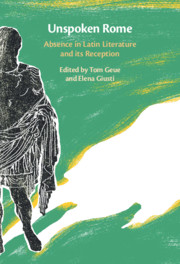Vitruvius is a full-figured text. Bodies proliferate endlessly—as touchstones of measurement, as images of ideal proportions, as analogies for building, empire, discipline, or text—and they dance just as deftly around the scholarship. If we had to pick a metaphor by which Vitruvius lived in writing, we could do no better than corpus. He is perhaps antiquity's greatest embodiment of body. But what I would like to argue in this article is that the Vitruvian body is not uniform; not alone; not ideal; and as an instrument of scientific discovery, it is not enough. It is lacking—and it needs to lack.
